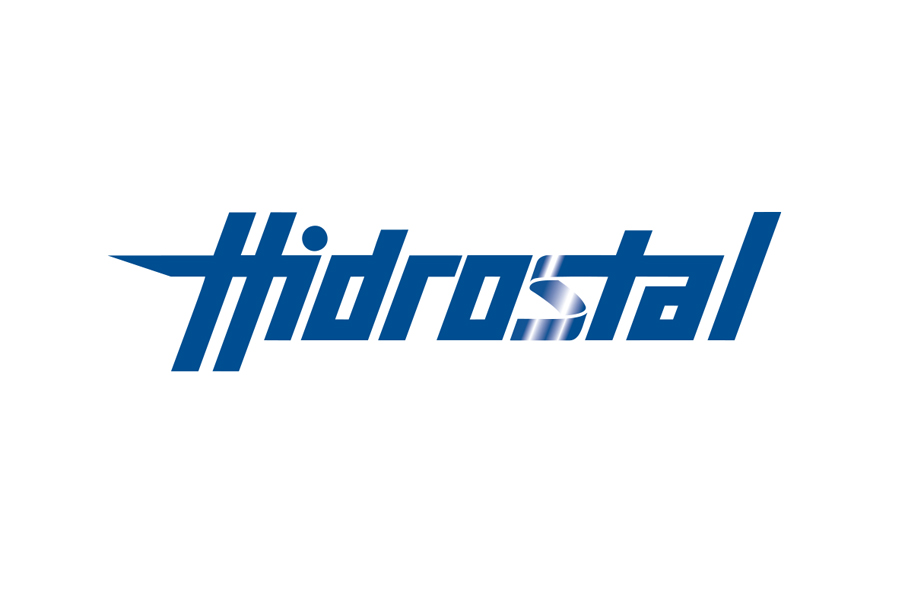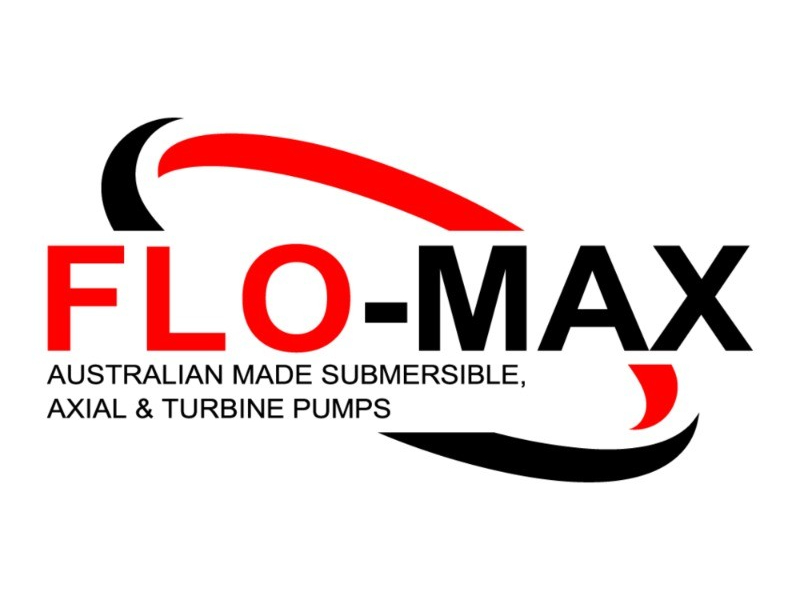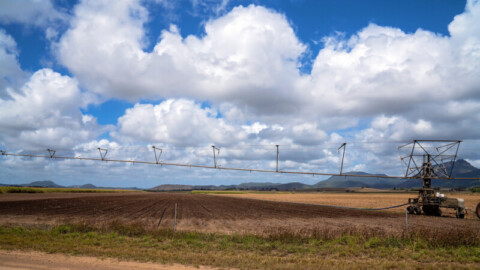Agriculture Victoria has released a series of strategies to help farmers manage dairy effluent solids which is one of the most challenging aspects of dairy effluent.
Effluent solids block pipes, pumps and nozzles, and can break components. Removal of solids from gravel traps, solids traps and the first pond is the key to keeping on top of solids management. If not managed properly, it can be a labour intensive and costly exercise. Luckily, the solids collected can be a great source of nutrients and organic matter.
Here are a few strategies from Agriculture Victoria that can help make effluent management easier and keep your pumps in working order.
- Stay on top of weed control in and around ponds. This can prevent grass and weed islands forming on the pond surface. It will also make it safer to work in and around the ponds when the edges can be easily located
- Regularly clean out gravel and solids traps. Removal of gravel and solids material will ensure pumps don’t block and break. If rocks are becoming a problem, consider strategies in the laneway which could allow the gravel to drop out prior to entering the yard
- If a trafficable solids trap is used at the end of the yard, ideally the water from the yard will be entering at the end furthest away from the water exit point. This allows the solids to drop out of the solution. More recently, vertically-hung weeping walls are preferred as this allows materials that float horizontally, like straw, to remain in the trap rather than flow into the pump
- Desludging ponds. Where sludge requires application with a slurry tanker, sometimes it may be possible to initially pump off liquid with an effluent pump. This can be helpful, as carting water can become expensive
- Have the sludge or solids sampled and tested to understand the nutrient content to make sure it meets the needs of the crop or pasture. Effluent can be high in salts, which can affect some salt sensitive crops. For this reason, don’t apply to seedlings or young plants as the high salinity or potassium concentration can burn the leaves
- In dryland farming, it is recommended that sludge be applied to paddocks that are going to be cultivated for cropping. There is also an opportunity to target paddocks that are lacking nutrients or have poor topsoils. In irrigation regions, sludge can also be applied to newly-lasered bays to help establish topsoil structure as sludge is high in organic matter
- Incorporate your effluent application with your fertiliser regime. Effluent is not a complete fertiliser and can be very high in potassium and nitrogen, and lower in other nutrients. It’s recommended that no more than 60kg/ha of potassium be applied per application of effluent or 120kg/ha per year. It is also recommended that no more than 80kg/ha of available nitrogen be applied per application. These recommendations exist to reduce the risk of nitrate poisoning, mineral imbalances and losses to the environment
- Use effluent to boost and extend the growth of crops and pasture rather than trying to induce an early break at the start of the season
- Using smaller applications of effluent over a larger area is better than large amounts over a smaller area, e.g. 2x25mm applications covering four hectares is more advantageous than 4x25mm applications on two hectares
- If a traveling irrigator is used, make sure the crop is well established before irrigating to ensure plants aren’t ripped out of the ground by the irrigator
- Avoid applying near waterways and to wet soils. Apply effluent during the day to limit odour and consider wind direction and speed when applying. Consider direct injection into the soil, soil incorporation soon after spreading or applying only light rates if the sludge is causing odour
- Don’t graze the crops for at least three weeks after effluent application to reduce the risk of pathogens and nitrate poisoning. For direct application of sludge to pasture, up to 6-8 weeks may be required due to the solids content
Managing the solids helps to keep the whole effluent system running smoothly, therefore helping to meet environmental obligations, while reducing blockages and breakdowns.
The nutrients can be released over time through the incorporation of the organic matter helping with crop growth. Sludge and solids from dairy effluent is a great resource provided the management challenges can be conquered.
Agriculture Victoria can provide dairy farmers a Dairy Effluent Stocktake and Use Plan which includes a free effluent test, as well as advice relating to dairy effluent management.

















